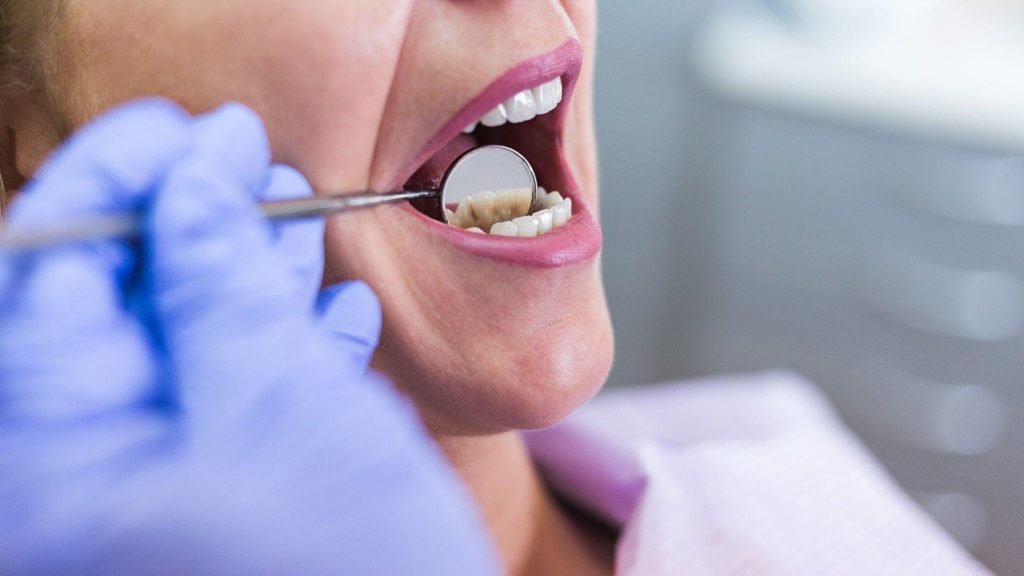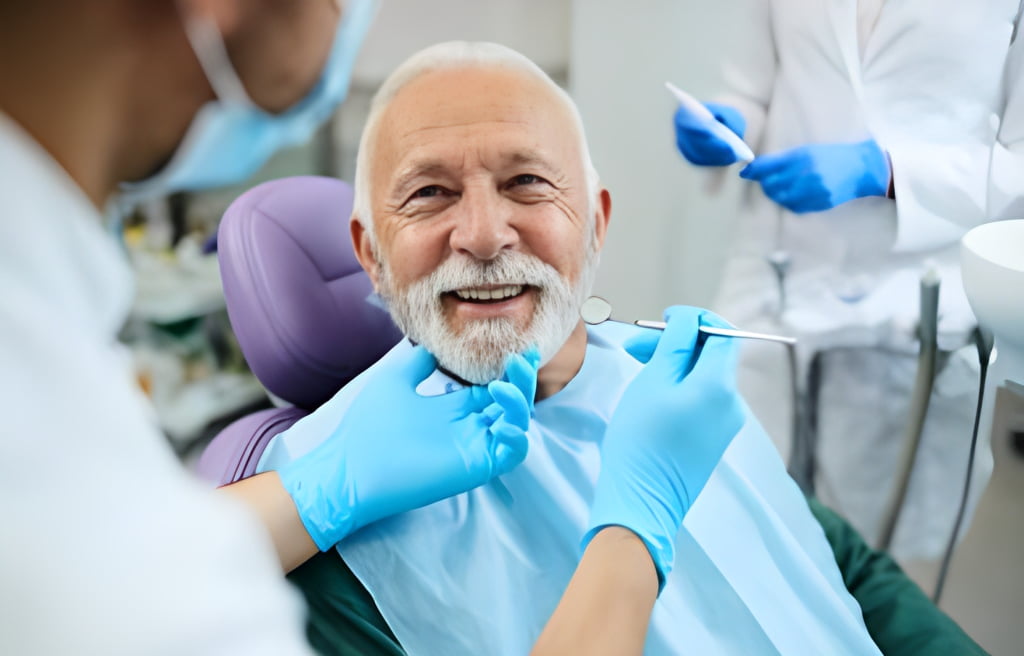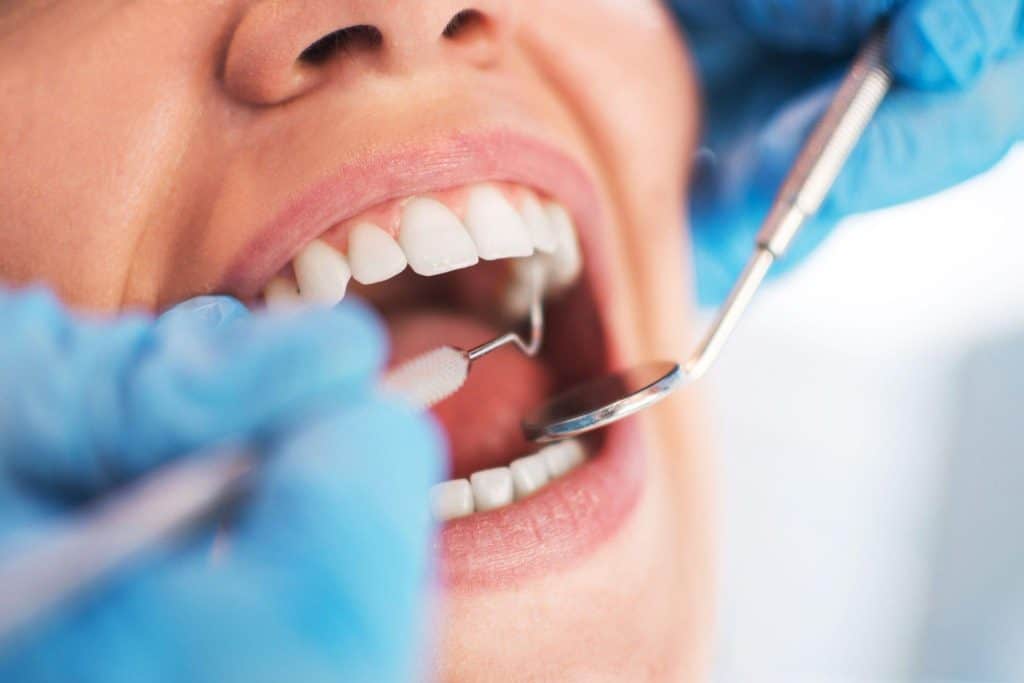Electronic Health Records (EHRs) have become a cornerstone in modern dental practices or any healthcare setting and organization. As noted by DaSilva et al. (2022), advancements in EHRs are significantly improving communication, patient care, and treatment outcomes in dentistry.
How are EHRs shaping contemporary dental practices? Keep reading and find out.

The Evolution of EHRs in Dental Practices
Transforming Patient Care
The shift from traditional paper-based records to digital EHRs marks a significant leap in dental healthcare, offering numerous advantages in terms of efficiency, accuracy, and accessibility.
Key Features of Modern EHRs:
- Comprehensive Patient Data: Centralized repository for all patient information (Walji et al., 2014).
- Enhanced Communication: Facilitating seamless information sharing among dental professionals.

Impact on Patient Care and Outcomes
Improving the Quality of Dental Treatments
The implementation of EHRs has led to more personalized and efficient patient care, significantly enhancing treatment outcomes.
Benefits for Patient Care:
- Accurate Diagnosis: Streamlined data entry and retrieval for better patient assessment (Walji, 2019).
- Efficient Treatment Planning: Quick access to patient history for informed decision-making.
Ethical Considerations and Data Security
Safeguarding Patient Information
With the adoption of EHRs, dental practices must address ethical concerns related to data privacy and security.
Ethical Challenges:
- Data Privacy: Ensuring patient information is protected and confidential (Cederberg & Valenza, 2012).
- Security Measures: Implementing robust security protocols to safeguard digital records.

The Role of EHRs in Dental Education
Training Future Dental Professionals
EHRs are increasingly being used as educational tools in dental schools, equipping students with the skills needed for modern dental practice.
Educational Advantages:
- Hands-On Training: Students gain experience with real-world tools and technologies (Atkinson, Zeller, & Shah, 2002).
- Research Opportunities: Access to a wealth of data for academic research and study.
Challenges in Implementing EHRs
Overcoming Barriers to Adoption
Despite the benefits, several challenges hinder the widespread adoption of EHRs in dental practices.
Implementation Challenges:
- Cost Factor: High initial investment required for digital infrastructure.
- Training and Adaptation: Ensuring dental staff are trained and comfortable with the new system.

The Future of EHRs in Dentistry
Anticipating Technological Advancements
The evolution of EHRs is ongoing, with future developments expected to further streamline dental practice operations and patient care.
Future Developments:
- Integration with AI: Utilizing artificial intelligence for enhanced data analysis and patient care planning (Malireddy, 2018).
- Cloud-Based Platforms: Shifting towards cloud storage for better accessibility and collaboration.
Conclusion
Electronic Health Records have become an indispensable tool in modern dentistry, enhancing the quality of patient care, streamlining dental practice operations, and paving the way for future innovations. As technology continues to advance, EHRs will play an increasingly vital role in shaping the future of dental healthcare.
